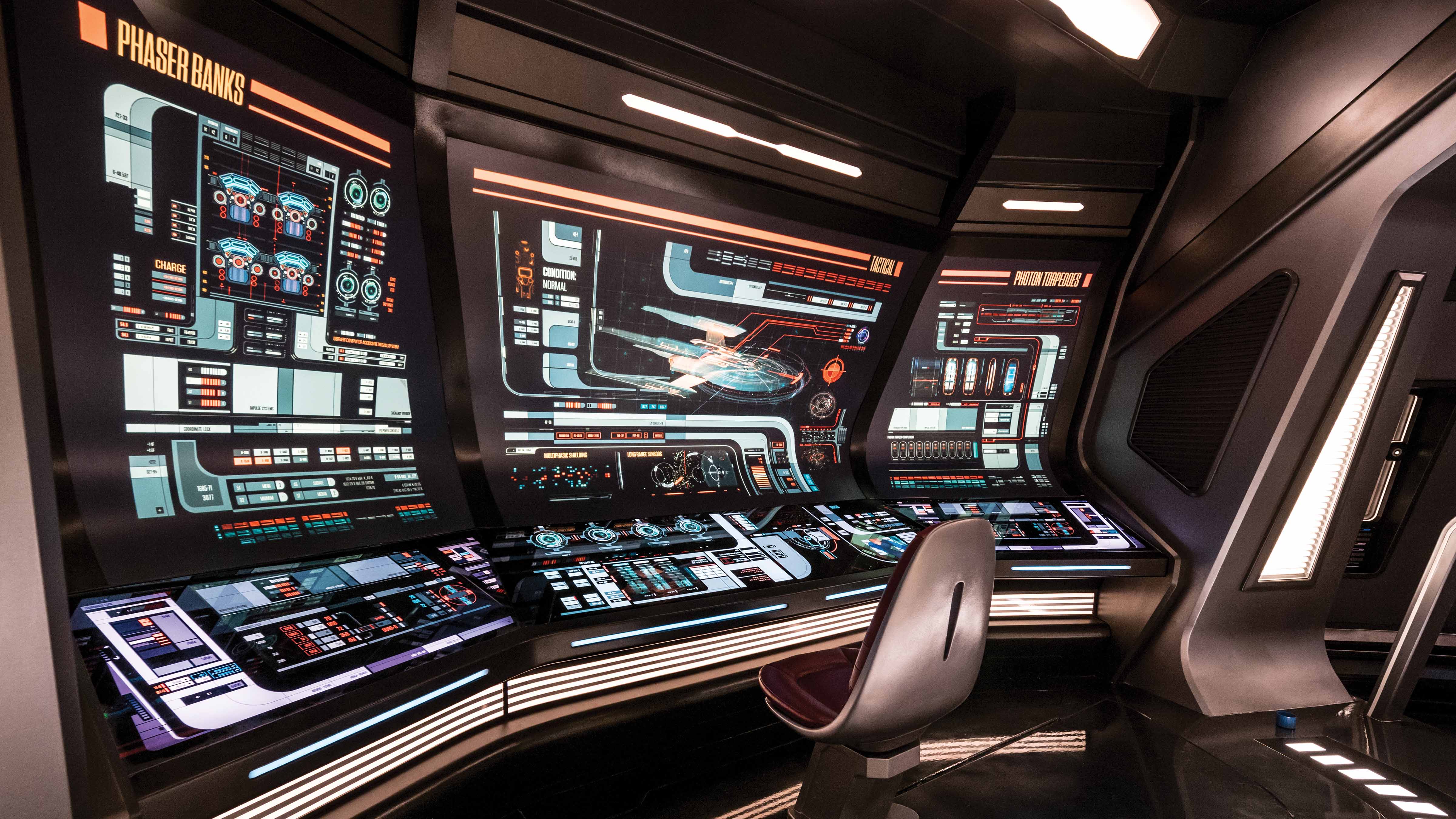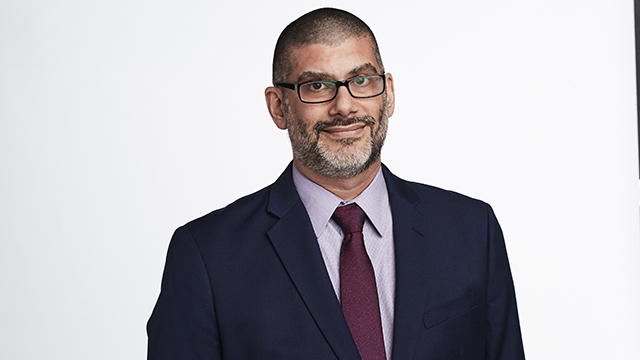Captain’s Log: Pro AV is powering the final frontier.
Star Trek: Picard, one of the latest in the long line of Star Trek series, follows the return of Jean-Luc Picard and his quests aboard the U.S.S Stargazer starship. In Season 2, Todd A. Marks, systems integrator and computer playback supervisor, used Screen Innovations FlexGlass projection screens, which were vividly on display in Episodes 1 and 10. However, with the success of the results, the technology is more heavily featured in the upcoming Season 3.
A veteran in practical playback, Marks has nearly 30 years and 50 feature films on his resume. That includes Star Trek: Nemesis in 2002, giving Marks the space cred to understand the demands of the Star Trek universe. He was brought on for Seasons 2 and 3 of the series, and immediately went to work on changing how the visuals would be produced.
[Projection Screen Installation: What To Know from Industry Experts]
His company, Images on Screen, provided much of the show’s computer playback and projection mapping systems. “I work closely with our playback graphics design team to help them provide the story-specific software that my playback engineers feed to all the monitors and display devices on set while we are filming the show,” Marks explained.
For the bridge of the U.S.S Stargazer, Marks paired FlexGlass with rear-projection Epson Pro Series projectors and LG OLED displays to bring high resolution and detail to the bleeps, blips, images, lights, and even 3D effects on the crew's consoles.

Initially, the concept was to not have a lot of practical playback. However, once Marks showed how FlexGlass could be used, paired with how much less expensive it was than other solutions like video walls, it continued to grow in use. What initially was going to be monitors for side consoles became an innovative and ground-breaking curved-screen concept, which Marks quickly realized that he could accomplish with FlexGlass.
"Venom is when I first learned about FlexGlass," Marks recalled. "It was an MRI set in a hospital, and it was this big, beautiful, calm image. It wound up as the first shot in the teaser—that's how much they liked it. We ended up doing a proof of concept [for Picard], and they were blown away when we shared the results."
[9 Large-Venue Projectors and Key Features Experts Recommend as Live Events Return]
Much like the crews of various Star Trek starships, Marks was embarking on a journey that boldly went where no one had gone before. "Having this wide display area, no one else has ever done something with the kind of complex curves on a practical set before," Marks said.
The choice for a curved-screen set piece led to several challenges. Keeping the FlexGlass tightly in place was a priority that was solved by a custom-built mounting design, which took advantage of Screen Innovations’ clips.
Lighting was another challenge. "[FlexGlass] is anti-reflective, but if you have too much light, you'll get a little grey,” Marks explained. "My tech team worked very hard to make sure the color balance between the OLEDs and the laser projectors matched color temperature-wise and black levels. That ensured a better-looking image throughout."

The soundstages weren’t exceptionally wide, presenting another challenge: throw distance: That’s where the Epson rear screen projectors came into play. "I didn't have a tremendous amount of room, so I had to use quiet projectors," Marks explained. "[Epson projectors] were also uniform size to the body. Epson worked very closely with us and supported us with test lenses and test projectors. They were compact, quiet, and worked very well."
[Pro AV 2023: Trends to Watch]
A large advantage to FlexGlass is its versatility. It’s not thick, so cutting it is relatively easy—and Marks was sure to use every piece available. "It’s a great tool for production because they can be repurposed very quickly and cut to size as needed." Marks was also able to order in excess, since he was experimenting with new curves and layouts, due to the inexpensive price point, which left him scraps to try different shots and innovations.
"This could have been done as visual effects," Marks noted. "But I'm using [FlexGlass] in nontraditional ways in a very inexpensive way. You couldn't do that with a standard rear-projection screen. You couldn't cut it to these sizes or get these vibrant images not affected by the light from the set. It's pretty remarkable stuff.
"FlexGlass gave us that product that defied what you can normally do on a set."

